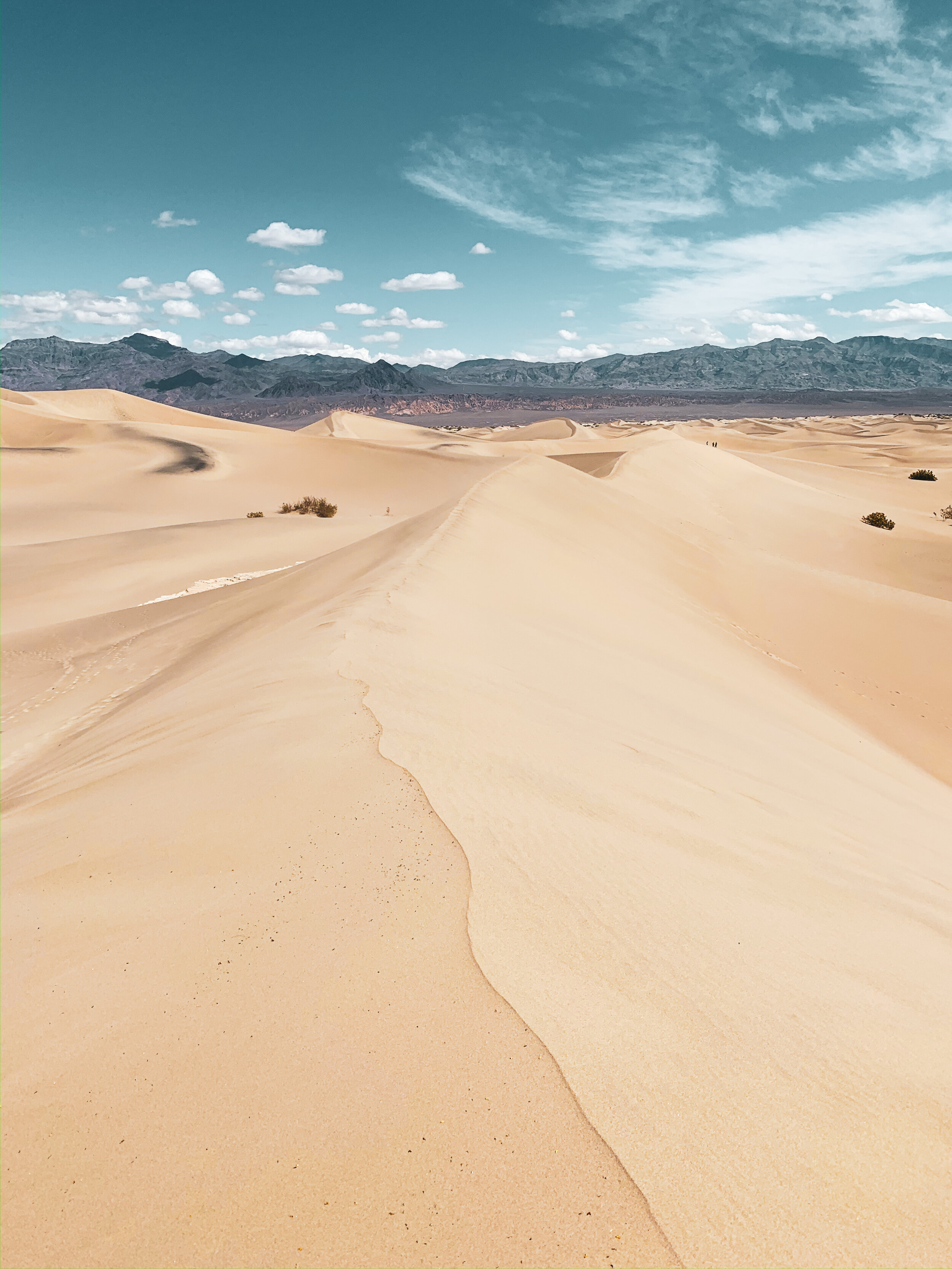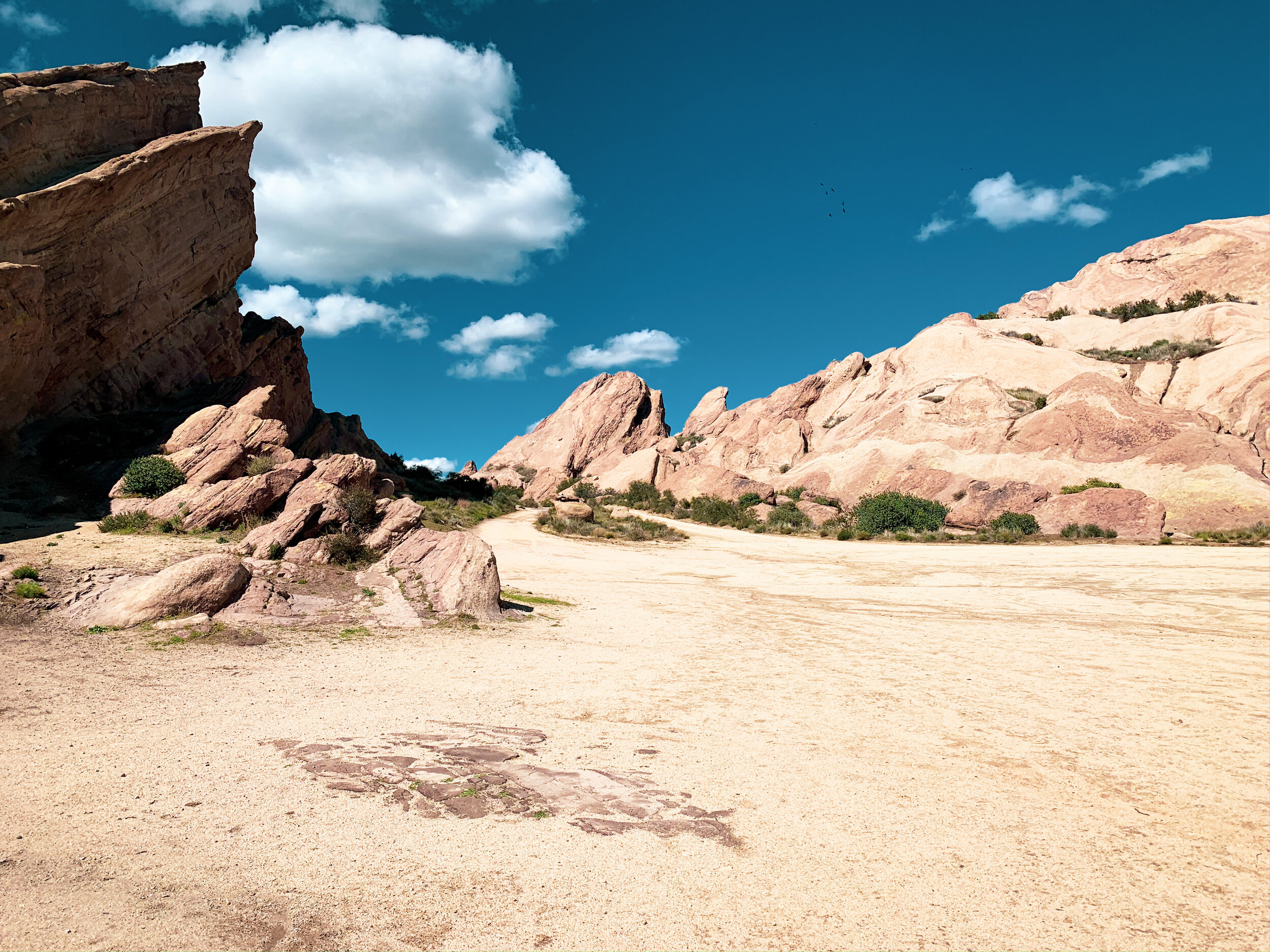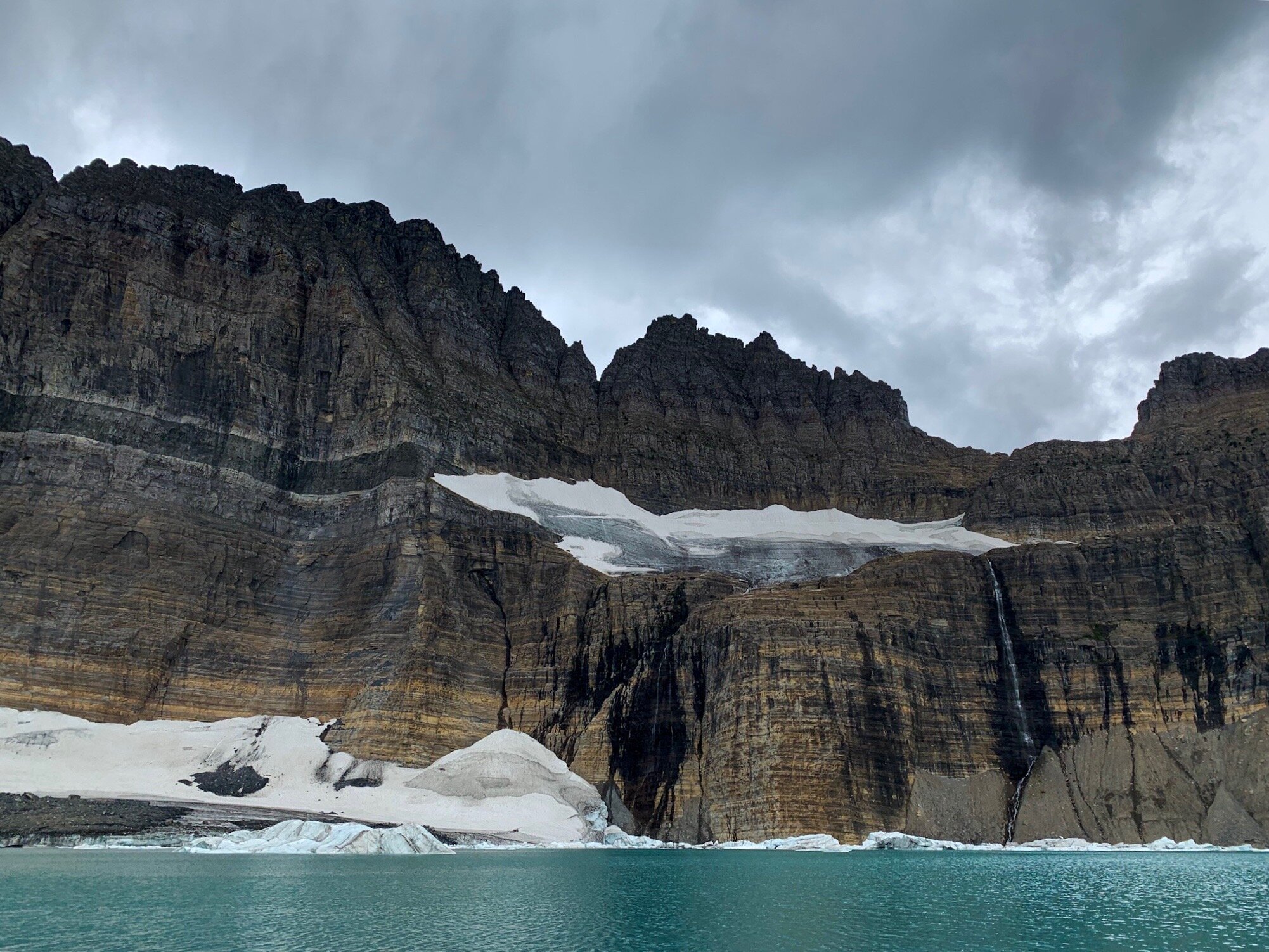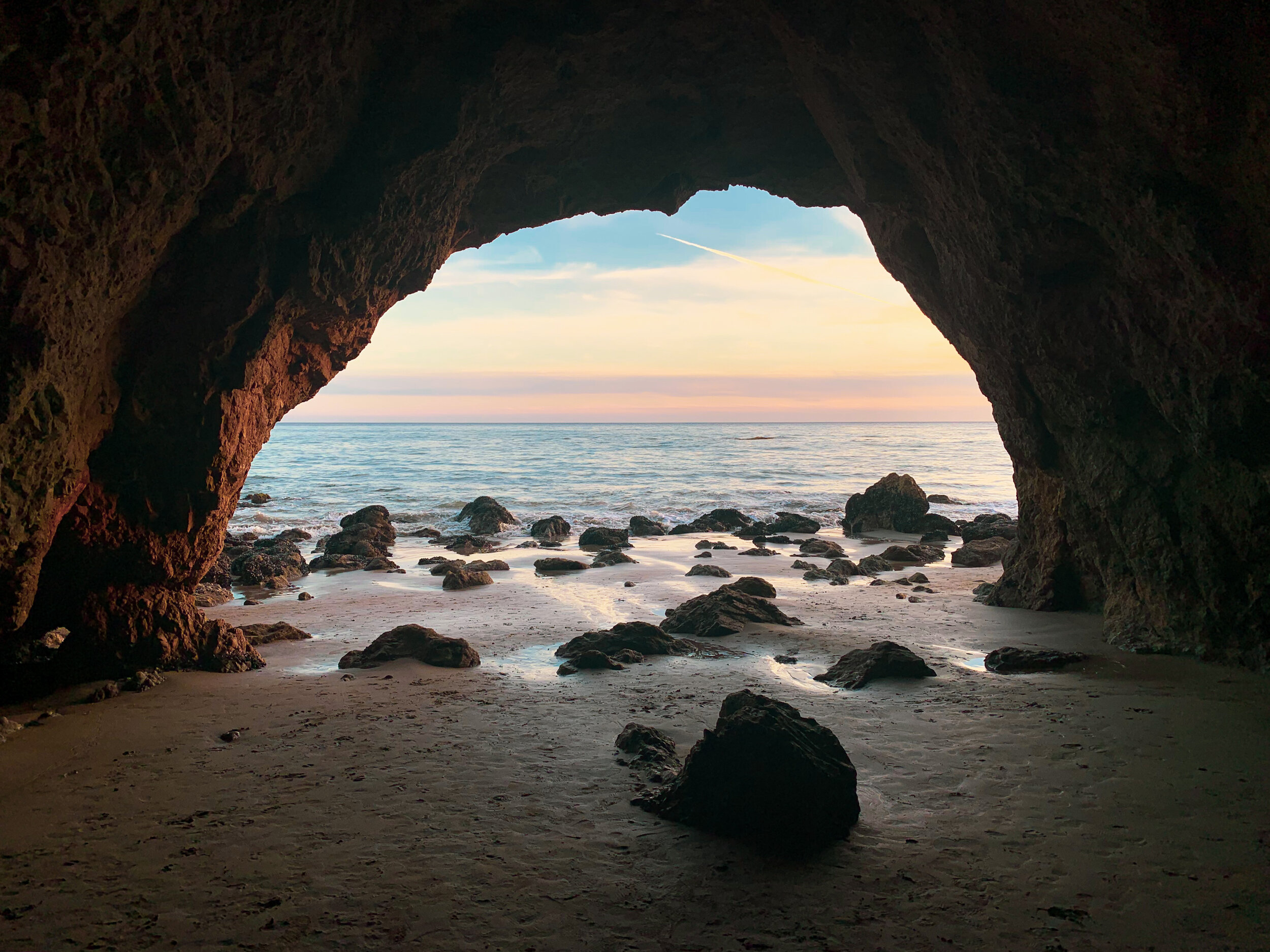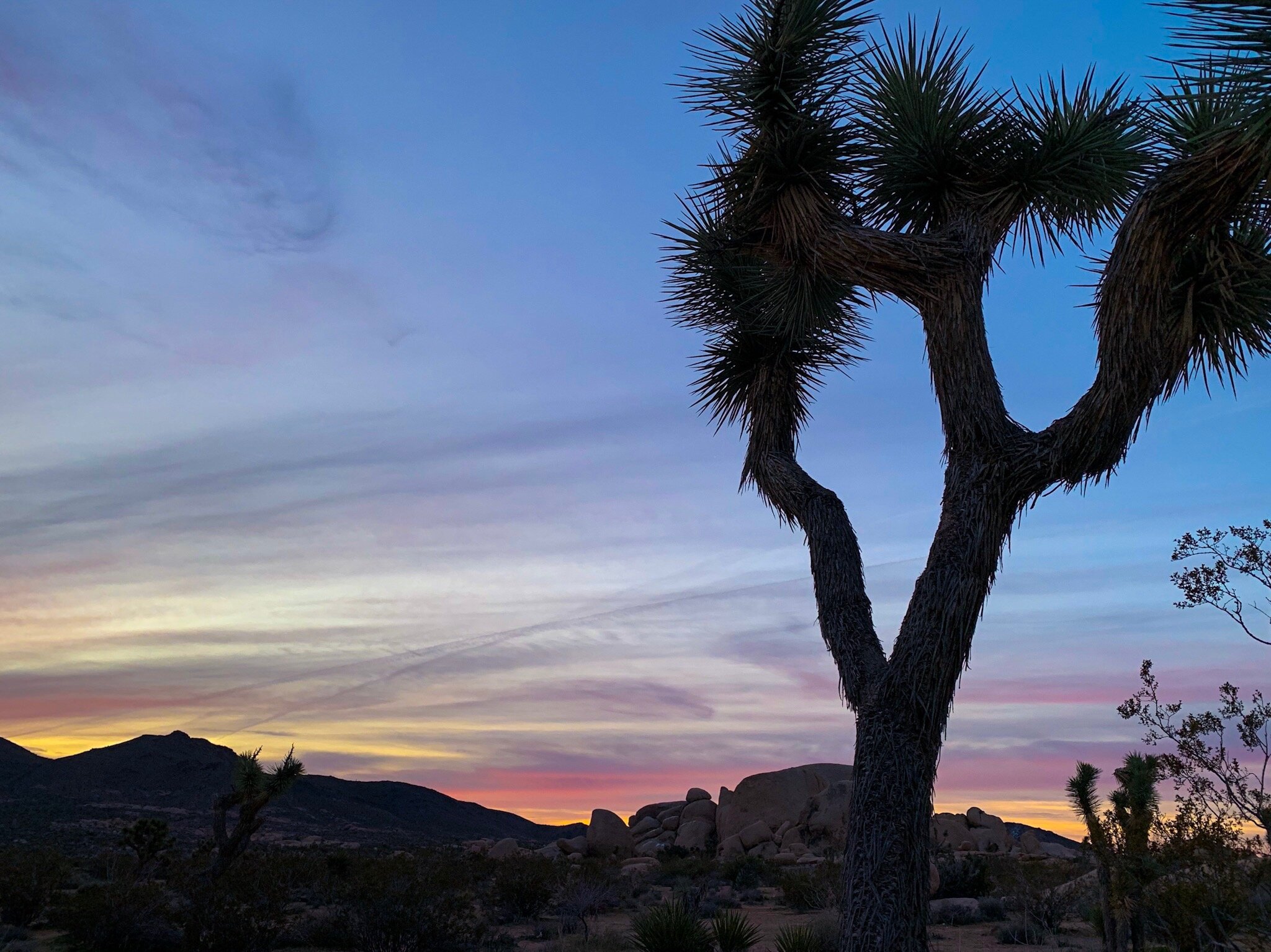Visiting Death Valley During COVID-19
It was only a matter of time before I had to start addressing COVID-19 on here. As a travel blog that specializes in adventure travel, the world has felt a little weird lately. People can’t go outside, trails are closing, and only a few National Parks remain open. While certain small and high traffic parks have closed, such as Yosemite, Rocky Mountain, and White Sands, some do remain open with modifications.
I am currently living on the road full time. What this means is that I carry my house with me, like a snail, and have been isolated on public land for the past almost-week. While California does have a “shelter in place” order, it was stated that driving no more than an hour to spend time outside is okay, so since the public land I’m calling home was one hour from Death Valley National Park, I wanted to take the opportunity to go in, see the park for the first time, and address how the world has had to make modifications due to this global pandemic.
Golden Canyon Trail
Currently, all National Parks are free to enter. Please keep in mind that National Parks are different from National Forests, which are run by the USDA, rather than the NPS. Largely, National Parks are not staffed right now. Visitor Centers are closed nationwide and bathrooms, campgrounds, and other facilities like parking lots that need to be maintained are locked. While Death Valley remained open, it felt like a very different, almost eerie experience to visit during this time. With only one ranger sighting throughout the entire park, multiple road closures, and 40MPH wind gusts, visiting a National Park during a National Emergency was an adventure to remember.
Please note: it is inadvisable to travel to National Parks during the COVID outbreak. I live full time on the road, mostly on BLM land, where I am able to isolate. I did not travel to go on a vacation in the National Park. This is my lifestyle, and I am treating it no differently than if I was in a house driving an hour to hike a local trail.
Zabriskie Point
About Death Valley:
Death Valley is the largest National Park in the lower 48, and spans across both California and Nevada. It is most commonly accessed through the west, and we entered through Lone Pine, CA, which is where we are camped. Death Valley is a bit of a mismatched park. It has a little bit of everything, from mountains to desert, and each of its main attractions don’t really feel like they should fit together. From sand dunes to the lowest elevation in the United States at the Badwater Basin Salt Flats, Death Valley is a unique park that should be added to your list for future trips.
Mesquite Flat Sand Dunes
Restrictions in the National Park:
While Death Valley remains open at the time of the publication of this piece, there were restrictions within the park. Most visitor centers nationwide are closed right now, as are all public restrooms, lodging/camping, and pay stations. In Death Valley specifically, we were surprised to see that Panamint Springs was open, meaning we could get gas on our way into and out of the park. All parking lots were barricaded, so street parking was our only option for the sites that were open. There were also unexpected road closures, which caused for some disappointment as we tried to access Artists Palette, Dante’s View, Natural Arch, and Devils Golfcourse.
Badwater Basin Salt Flats
What was accessible?
Despite the restrictions, quite a lot was still accessible, and due to the lack of visitors, it was completely possible to still be isolated while in the park. We did not come into contact with any other people, and as avid hikers and outdoorsy humans, we always leave no trace, and that includes the spread of COVID (hands were washed often and we were careful to only touch the natural features of the park).
We were able to access the Mesquite Flat Sand Dunes, Badwater Basin Salt Flats, Golden Canyon trail, Ubehebe Crater, and Zabriskie Point, so we felt like we got a decent overview of the park, even though we had less than 12 hours there altogether.
Mesquite Flat Sand Dunes
The thing is, this trip to a National Park was incredibly different from any other National Park trip I’ve taken in the past. While this was my 35th park, it didn’t feel quite the same without a trip to the visitor center, open roads, and maps to collect. But the thing is, although we visited out of convenience and a need to get outside during this self-isolation, the park isn’t going anywhere. I can always go back and experience it in full. It’s time to let mother Earth heal first, and then the adventure can continue.
-HWS









